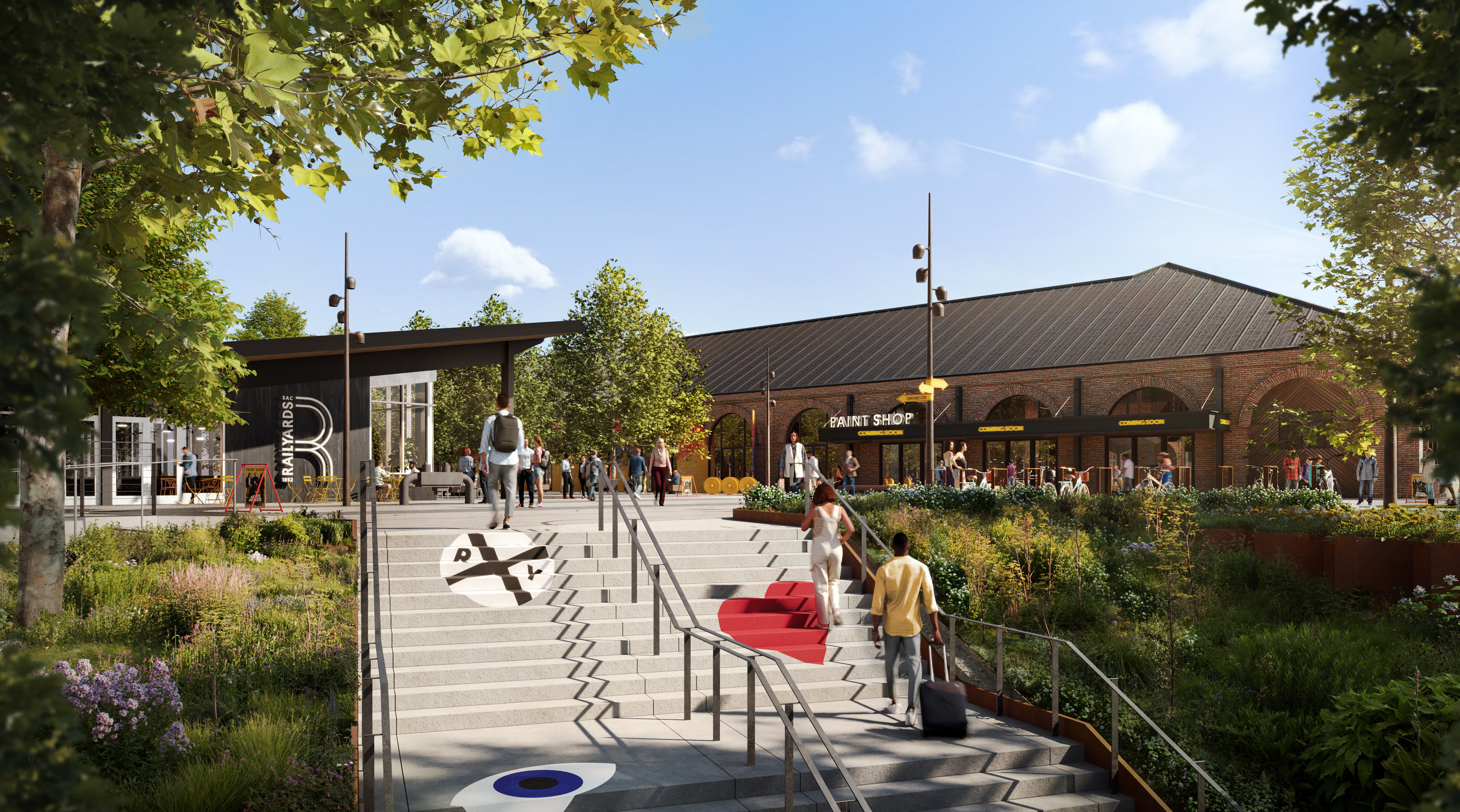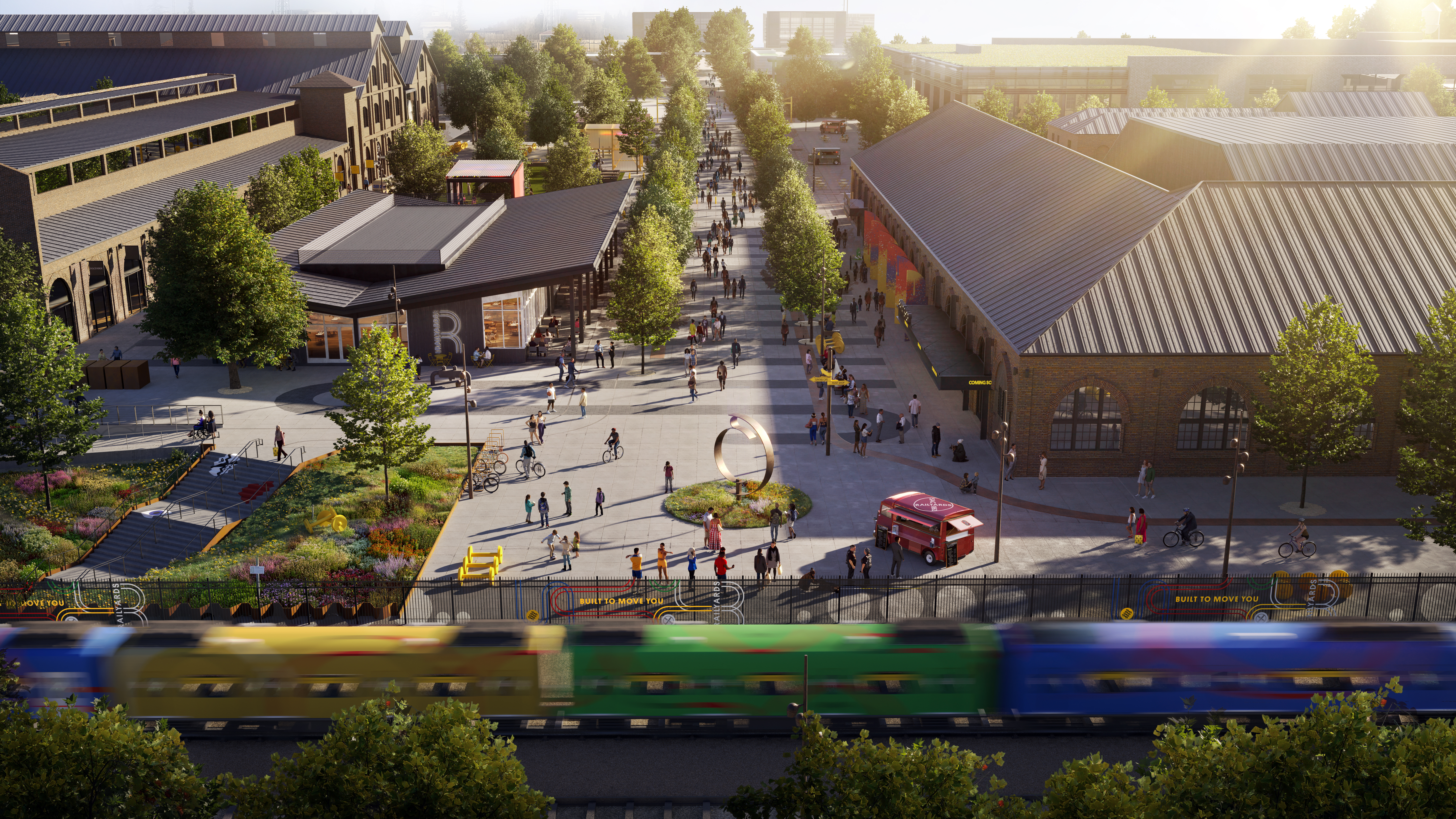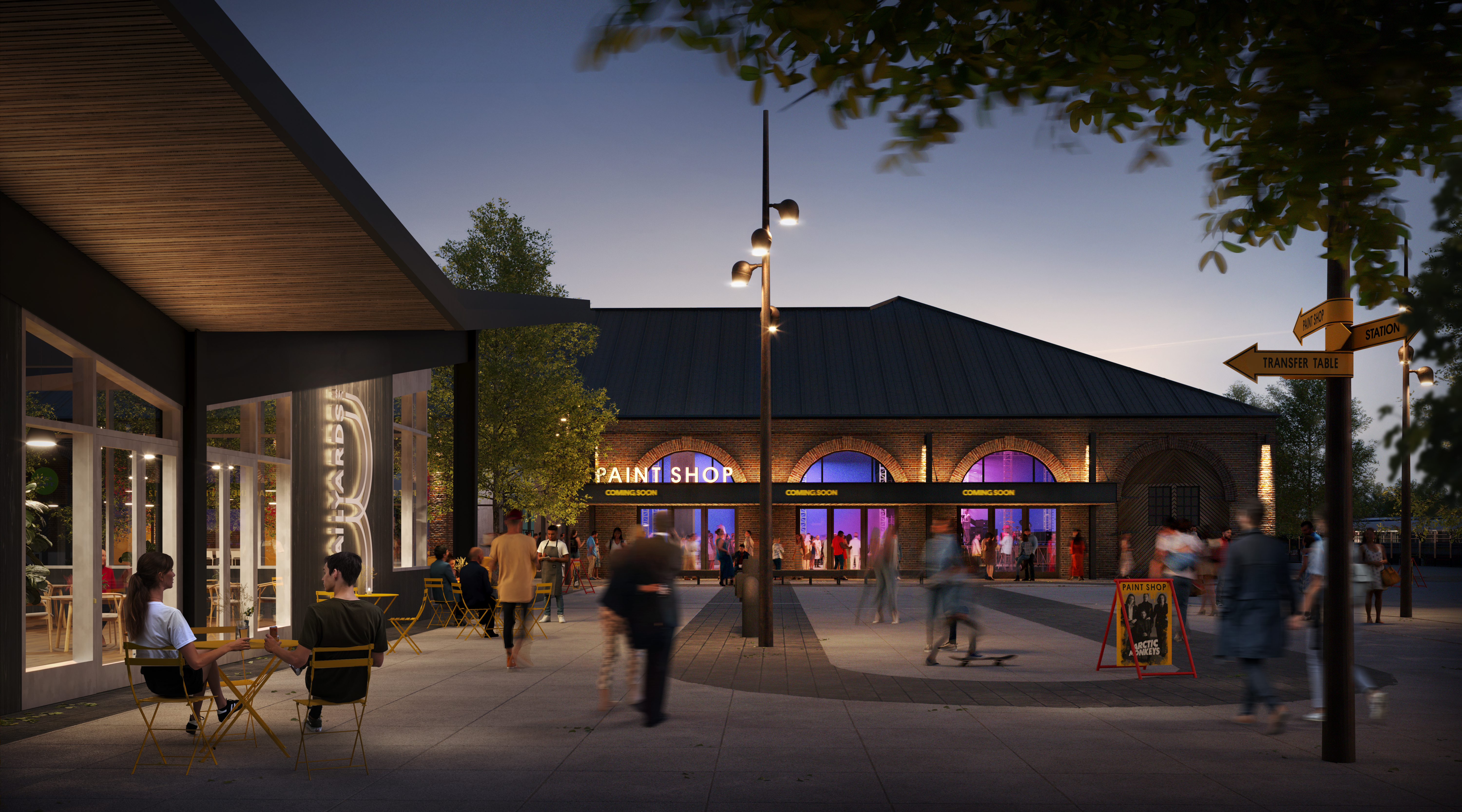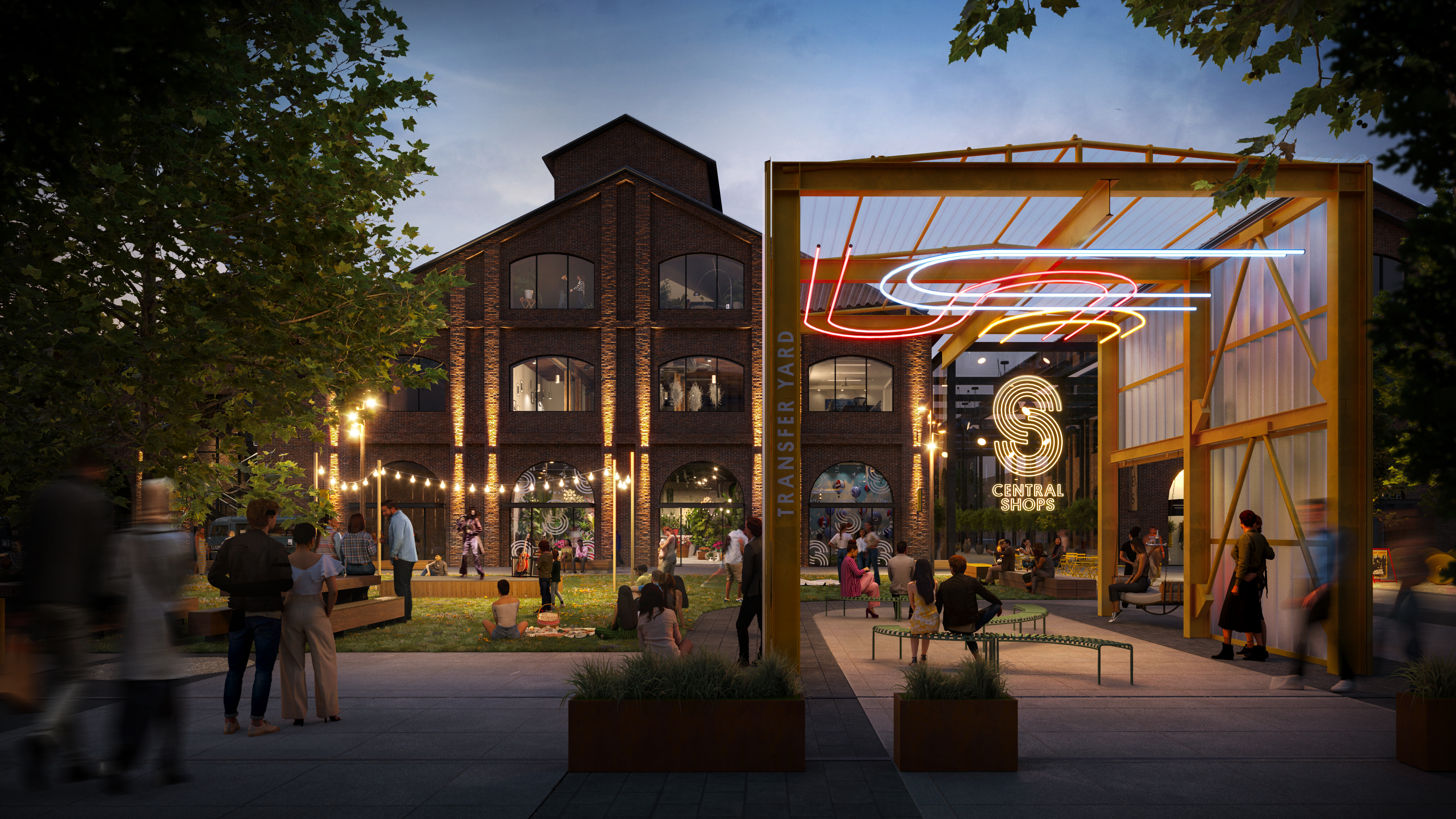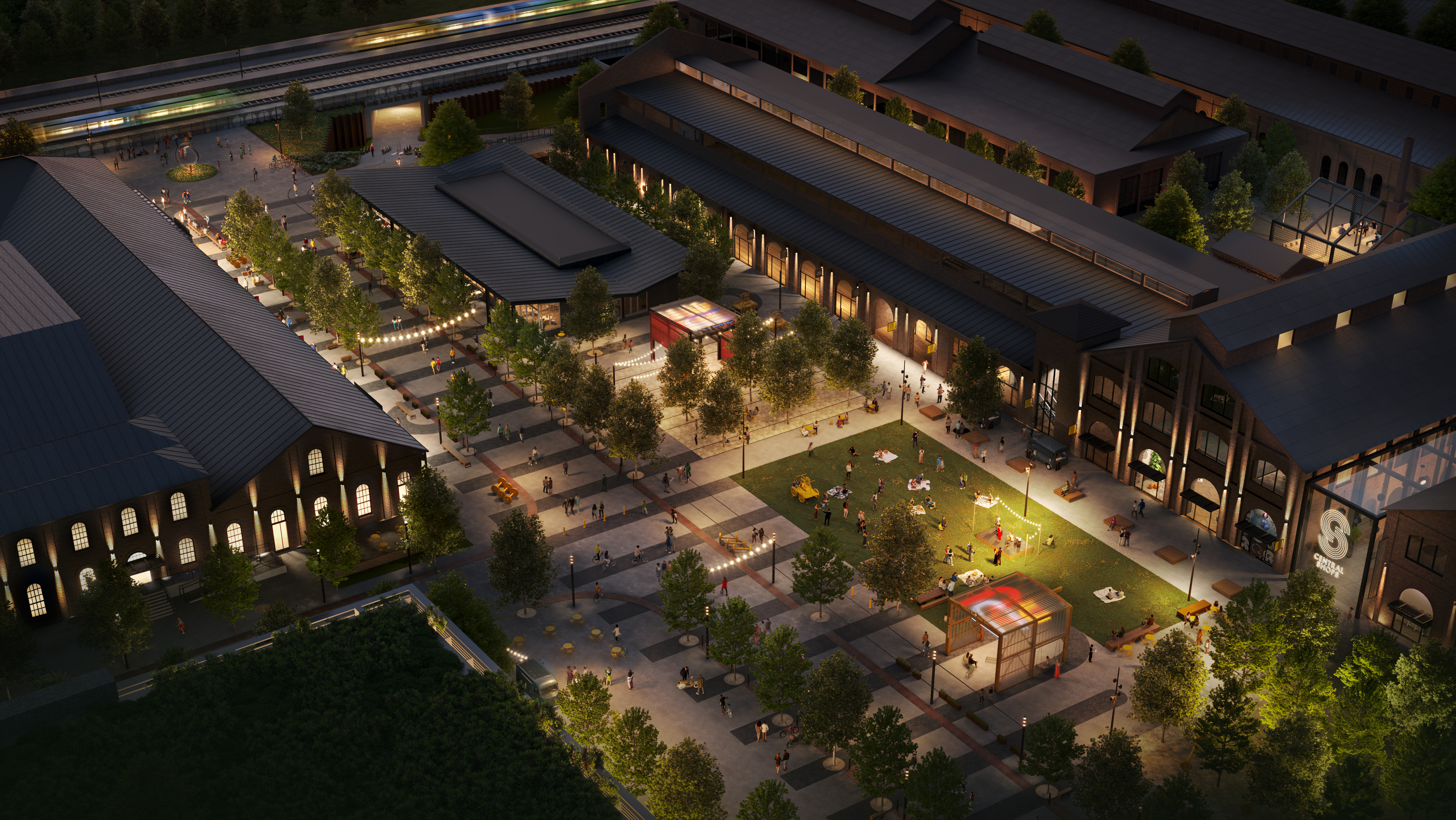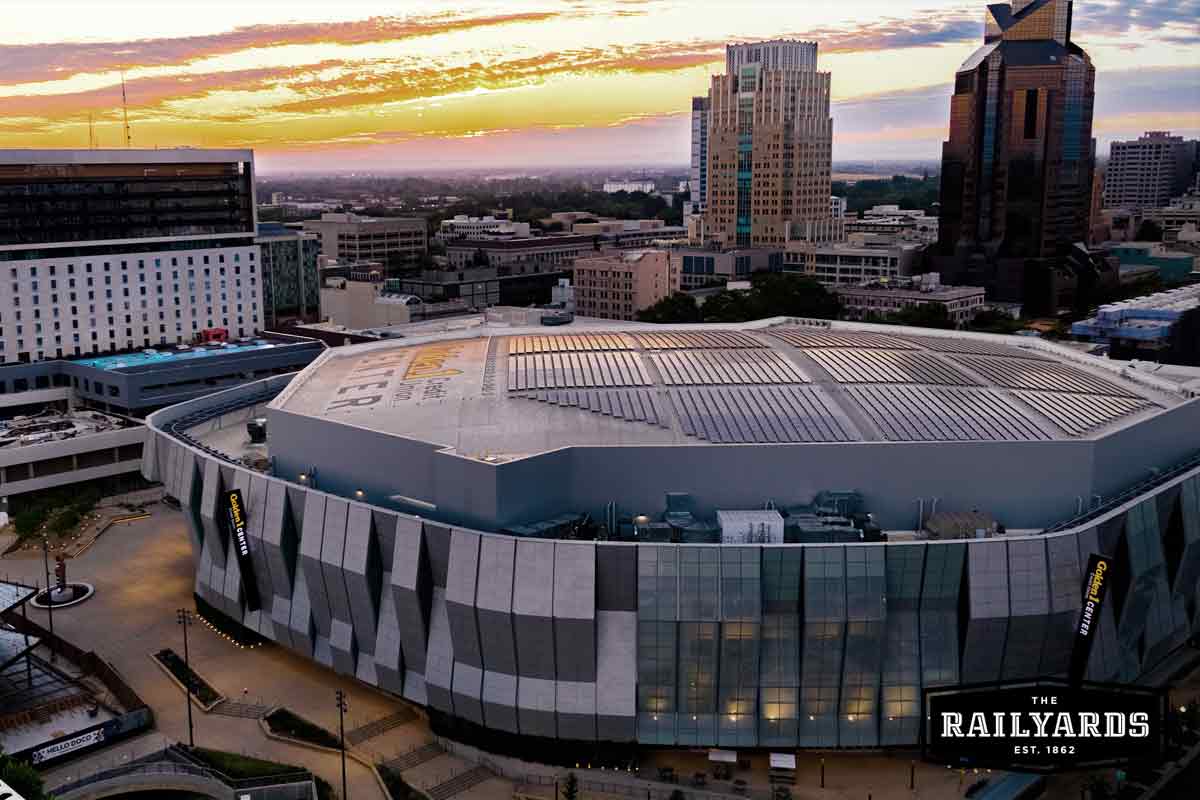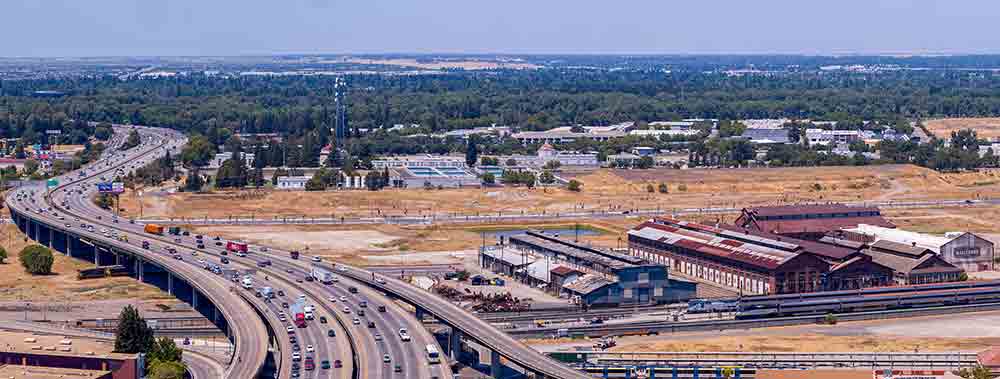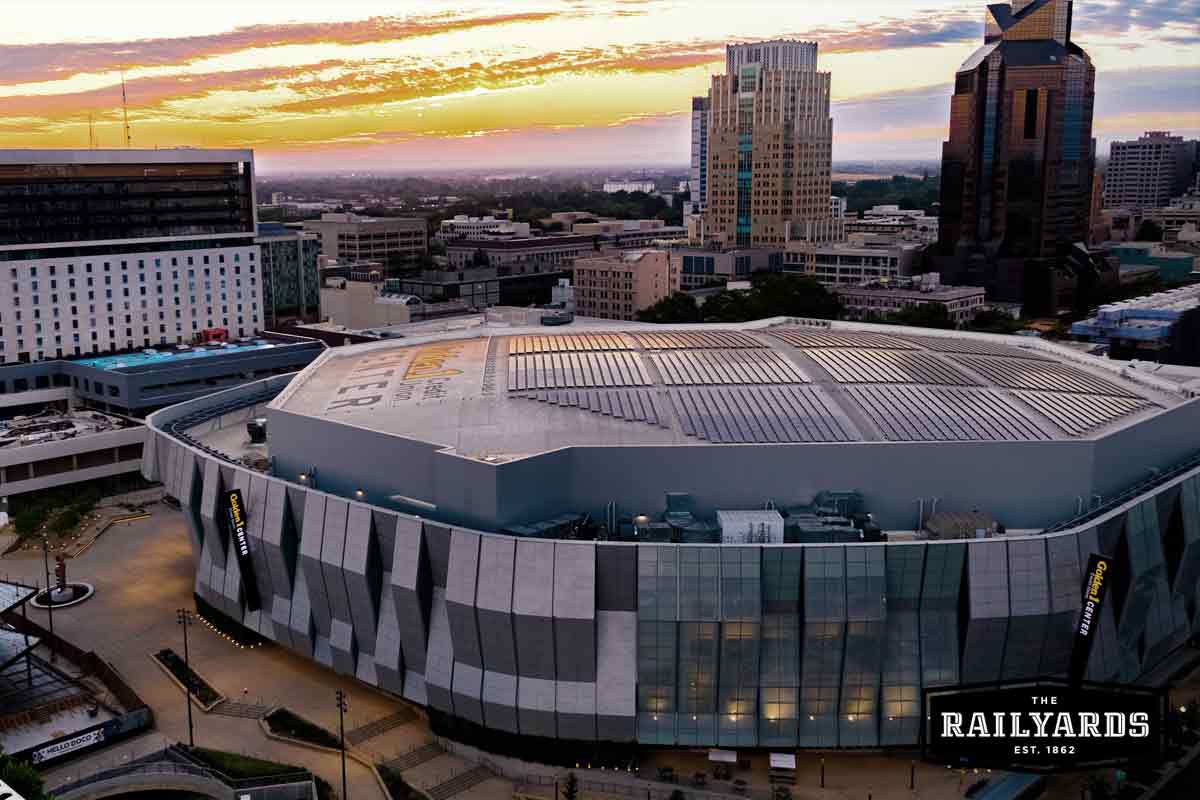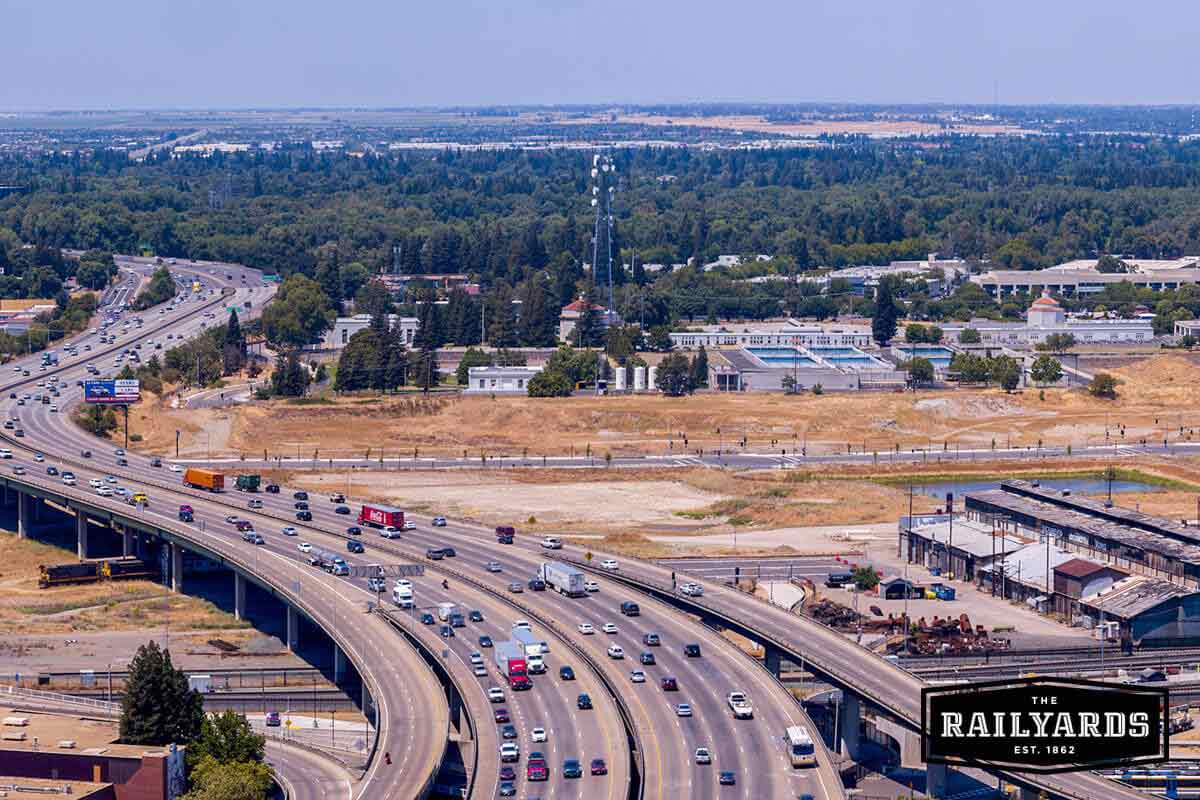
October 20, 2017 / Author: the Railyards
Discover the future of transportation in the Sacramento region, and how the City is planning for a green and sustainable future.
The future of innovative transportation looks green and bright for Sacramento. The days of using gas-powered automobiles to drive all over town are limited. Rather, the transportation of tomorrow is clean, electric-powered, and alternative. Just like the invention of the railroads and then autos made horse travel a far-flung memory, today’s transportation innovations may be putting gas-powered vehicles in our collective rearview mirrors.
Sacramento is leading the way for some exciting transportation innovations. Here’s what you can expect in the not-so-distant future:
Electric Vehicles
California Governor Jerry Brown is committed to helping California put more low- and zero-emissions vehicles on the roads, and recently signed a dozen bills to move the state towards its ambitious goal of putting 1.5 million zero-emission vehicles on the road by 2025.
Brown signed a bill that extends incentives for low-income Californians to buy electric vehicles. Currently, California’s existing Clean Vehicle Rebate Project provides rebates of up to $7,000 to people who purchase or lease zero-emission or hybrid vehicles. Lower income applicants get priority on the rebates.
Automakers are investing heavily in electric vehicles. General Motors recently announced that it is working towards an all-electric, zero-emission future, beginning with two new all-electric models next year and 18 more by 2023. GM is one of the largest automakers on the planet; last year they sold 10 million vehicles.
Countries like France, Great Britain, and Norway have all announced plans to ban the sale of gas and diesel cars in coming decades. There’s no doubt about it: the future of vehicles is electric.
Electric Ride Share
Volkswagen announced that Sacramento has been chosen as its first “Green City” and the automaker plans to invest $44 million building an electric car-sharing service in the state capital.
Mark McNabb, president of Volkswagen’s Electrify America subsidiary, said Volkswagen’s car-sharing program is a way of making electric cars available to moderate- and low-income motorists who can’t afford the $30,000 price tag.
Volkswagen announced Sacramento as its tentative choice for its Green City pilot program back in March, promoting Los Angeles leaders to compete for the designation. But Sacramento’s “ideal commuting patterns” led company officials to stick with Sacramento.
“It’s another signal among many that the world of alternative energy, innovation and technology are looking at Sacramento as the place to be and the place to locate,” said Sacramento Mayor Darrell Steinberg.
Volkswagen could begin installing car-charging stations in early 2018. Sacramento hopes to use the fleet of electric vehicles to help shuttle disadvantaged residents to service providers. Gov. Brown signed a budget trailer bill that calls on Volkswagen to spend at least 35% of its electric car funds on low-income or disadvantaged communities.
7 Projects Revitalizing Downtown Sacramento
These seven project are at the heart of Downtown’s revitalization efforts, helping Sacramento reach its goal of becoming the most liveable city in America.
High-Speed Train
California’s high-speed train has been in the works for years. Project planners say that by 2025, passengers will be able to travel between Fresno and San Jose on a bullet train in just under an hour.
If successful, the nation’s first high-speed train system will cut travel times from the San Joaquin Valley to Los Angeles and the Bay Area enough for some valley residents to commute to coastal jobs. It will help reduce the dependency on conventional cars and could help integrate California’s affluent coast and its lower-income interior. Areas surrounding rail line stations, such as Fresno, Bakersfield, and Madera, could be transformed as development expands out from the stations.
California’s population is expected to reach 50 million by 2055. Proponents for high-speed rail say that putting passengers on the bullet train will reduce road and air traffic congestion, car accident casualties and fossil fuel emissions. A 2012 analysis by Caltrans and the High-Speed Rail Authority estimated the trail will reduce greenhouse gas emissions by at least 58.7 million metric tons in the first 50 years of operation.
Driverless Cars
Self-driving cars are already on the road in California’s Bay Area. Today’s driverless cars, however, do have a human in the driver’s seat just in case something goes wrong. But as early as 2018, driverless cars may be one step closer to true autonomy. The DMV recently released a new proposal for updates to its autonomous vehicle policy that would allow vehicles on public roads without drivers.
California has allowed self-driving technology on the road since 2012, but up until now, has barred anyone from having a human-free car out on public roads. Self-driving cars may sound like technology for the future, but driverless cars could be coming to Sacramento sooner rather than later.
Sacramento Bike Share
In 2017, Sacramento rolled out its first bike-share program. Bike share programs make biking more accessible in urban areas. Bikes can be “checked out” from one bike station and returned to another.
As of now, 50 bicycles are available in West Sacramento and Sacramento for daily commutes, errands, and recreation. The bikes rent for $4 an hour or can be rented in smaller increments. To use the bikes, riders download an app and receive an account and pin number. Users enter both numbers into an electronic keypad on the back of the bike to unlock it. When done, the bikes are returned to designated bike stands. Multiple riders can use the bikes throughout the day, and it makes travel inexpensive and sustainable.
Sacramento has joined other cities with successful bike share programs, such as Portland, Seattle, and New York.
“It’s a great new alternative way to get around for work, for errands, for lunch, for other short trips, taking advantage of our great weather and flat landscapes to just grab a bike and go,” said West Sacramento Mayor Christopher Cabaldon.
A full roll-out of 900 bikes in downtown Sacramento and West Sacramento is planned to follow.
State employees have already had access to a bike share program; the state’s Department of General Services maintains a small fleet of bicycles for use by state employees during the workday.
Senator Henry Stern (D-Agoura Hills) led a group of state assembly members and senators on a bike ride in downtown Sacramento this summer, despite 105-degree heat, to promote a bill that would extend this free bike-share program to all state employees throughout California.
“By reducing the number of state vehicles we use every day, and building upon successes we’ve already seen with bike sharing, S.B. 702 will save taxpayers money, offer workers happier and healthier transportation modes, and reduce air pollution,” said Stern. “Sacramento is a great bicycle town. But L.A. and Glendale and Burbank, San Diego, Santa Barbara, Ventura, and the San Fernando Valley—all the areas we represent—deserve to have bike access as well.”
Bike share programs are one way to help Sacramento reach its goal of becoming the most liveable city in America. Bike share programs eliminate the need to purchase or store a bicycle and allows people across all economic situations access to affordable, sustainable transportation.
Image courtesy of Coruscating Images.
Sacramento Streetcar
In 2016, the California State Transportation Agency awarded $30m in funds from the Transit and Intercity Rail Capital Program to advance the planning and construction of a streetcar. In 2017, the streetcar project moved one step closer to reality when nearly 80% of Sacramento business owners voted to tax themselves a combined $50m over the next 25 years to pay for operating costs.
Sacramento neighborhoods were once connected by small, electric streetcars that carried Sacramentans between their homes and workplaces between 1870 and 1947. Streetcars made it more attractive to live in the Central City by providing a transportation option that was clean, convenient, friendly, and in scale with their neighborhoods.
Streetcars are smaller, single car trains that run on a more limited track network with stops spaced every few blocks. The planned Sacramento streetcar network is designed to connect employees, nearby residents, and tourists with major activity centers including shops, restaurants, commercial districts, transportation hubs, entertainment and cultural venues, and recreation areas.
The proposed Sacramento streetcars are modern, electric, and low-floor - eliminating the need for steps on the streetcars or elevated platforms at the stops. The electric propulsion of the streetcars will provide a comfortable riding experience for passengers characterized by smooth even acceleration and deceleration without abrupt stops. The proposed Sacramento streetcars would operate in mixed-flow traffic along with cars without any physical lane separation. Stops for streetcars are simple extensions of the adjoining sidewalk, usually created by removing a few parking spaces to avoid the diverge and merge movement associated with buses.
The proposed modern streetcars have been proven in several U.S. cities as well as throughout Europe to be a convenient alternative for all riders especially seniors, persons with mobility challenges, and small children.
Sac Valley Station: a Hub for Tomorrow’s Transportation
The Sacramento Valley Station was first created to meet the transportation needs of 1920-s Sacramento, but at the historic train depot an aggressive historic preservation and upgrade has been in effect that will ready the building for the future needs of the region.
The historic depot sits in between the new Golden 1 arena and popular DOCO (Downtown Commons) area and The Railyards development, a 244-acre mixed-use project and home of an upcoming Major League Soccer stadium. The number of people that will pass through the station in upcoming years is certain to increase.
City officials estimate that the station could see 2 million people in travel alone pass through the building and surrounding grounds in future years, using modes of transportation ranging from Amtrak, light rail, streetcars, and potentially high-speed rail.
Today, the historic Sacramento Valley Station serves as the primary rail passenger station for the northern California region and is the nation’s 7th busiest station. The City of Sacramento has received a grant to develop a high-level conceptual master plan that will define Sac Valley Station as an expanded regional transportation hub that will ultimately reduce automobile usage, fuel consumption, and greenhouse gas emissions and be the catalyst for a sustainable, future community.
The Sacramento region is looking forward to a future of alternative transportation methods that will lead to a more sustainable and connected tomorrow. With the rise of ride shares, bike shares, electric vehicles, high-speed rail, electric streetcars and other innovations, the future of transportation in Sacramento is “green” and bright.


